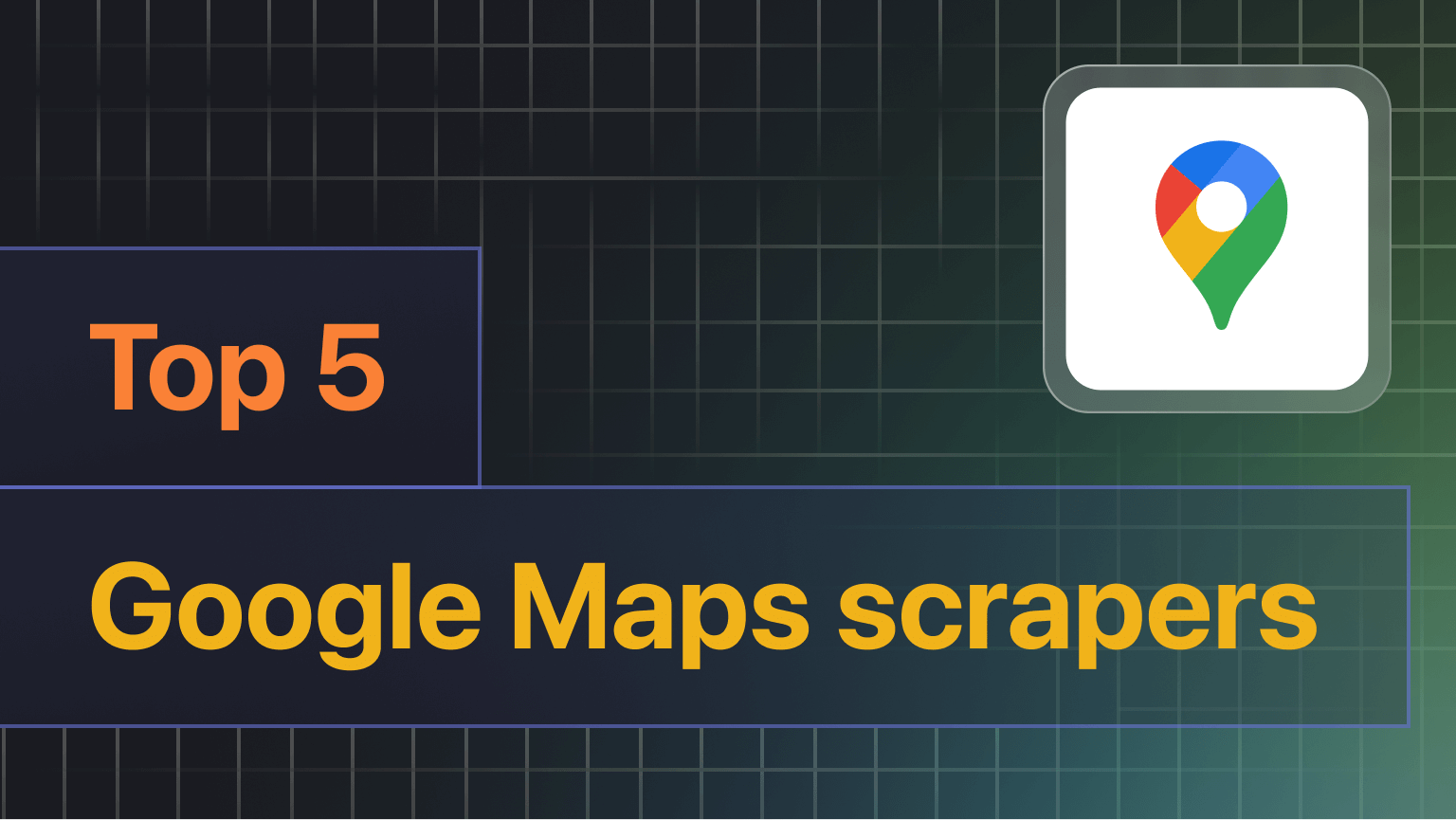Ever wanted to see “an over-glorified pile of rocks” or as it is more commonly known, Stonehenge? And how about an “overrated pile of metal”, the Eiffel Tower - is it on your bucket list? Or my recent favorite, the Leaning Tower of Pisa, which is sadly ”not made of pizza. 1 star.” - you can find some true comedy gold on the pages of Google Maps.
If you’ve ever come across an unimpressed comment about your favorite place, book, or movie, you are well aware that online reviewers can be merciless. Tourists on Google Maps - even more so. You’d think popular tourist landmarks would be immune to dramatically bad reviews, with dissatisfaction falling somewhere in the “meh” category. After all, those are the most monumental landmarks of the country, surrounded by history and meaning. So they are deemed to be a tourist attraction for a reason and deserve some slack. You’d be surprised to discover how strong some opinions about Colosseum and Louvre are. So why are people unhappy with their experiences?
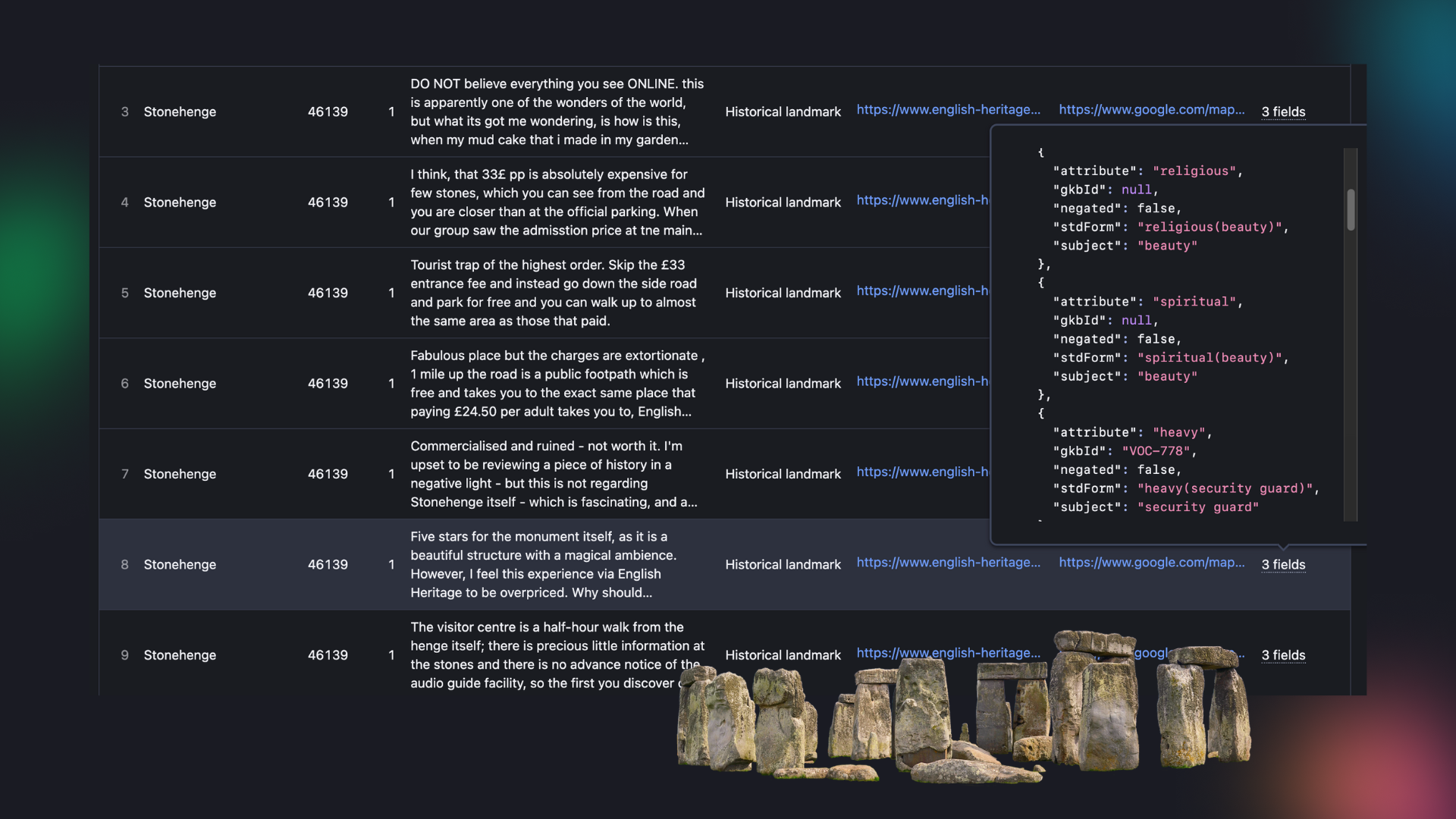
Let’s do something different today and use a simple AI text analysis tool to sift through the most recent worst reviews of top-5 European landmarks. But unlike those reviewers, our sentiment analysis tool will help us in being objective with our little data project. With extracted data on our side and a few hefty tools to work with it, we’ll be able to collect reviews, organize them by sentiment, visualize, analyze it by common words, and ultimately find out the truth. All within the same platform. And don’t mistake me for a data analyst – I’m just a writer who likes data!
⭐️ How will we do sentiment analysis for reviews?
First, we’ll collect the reviews from places on Google Maps. We won’t be doing that by sorting and copying them into a doc, we’ll simply use a web scraping tool to get all of them automatically and create a dataset suitable for an AI.
Next, we’ll use an AI text analyzer from Geneea to go through our reviews and identify the most commonly used keywords in each of them. This text analysis tool will make our dataset perfectly suitable for any data manipulations – such as visualizing it.
Which is our final point: we’ll use a data viz tool to see our reviews in a word cloud and help us gain an understanding of different aspects of bad sentiment around all these places.
🌹 How to use a text analyzer tool for sentiment analysis in Google reviews
Step 1. Choose landmarks to analyze
Let’s head over to Google Maps first and pick some landmarks. Let’s go for the most touristy spots that would easily make it onto any “European skyline” postcard. Off the top of my head: Eiffel Tower, the Leaning Tower of Pisa, the Colosseum, the Sistine Chapel, and of course, the over-glorified pile of rocks itself, Stonehenge.

Usually, you would need a Google Maps API to extract reviews. Luckily, there are cheaper and more convenient ways to collect data such as Google Maps Scraper 🔗 or Google Maps Reviews Scraper 🔗.

There are also many ways to scrape Google Maps data but we’ll be going with the one that fits us most in this case: by providing a Google place URLs. We’ll simply copy-paste the URL of each place that interests us.
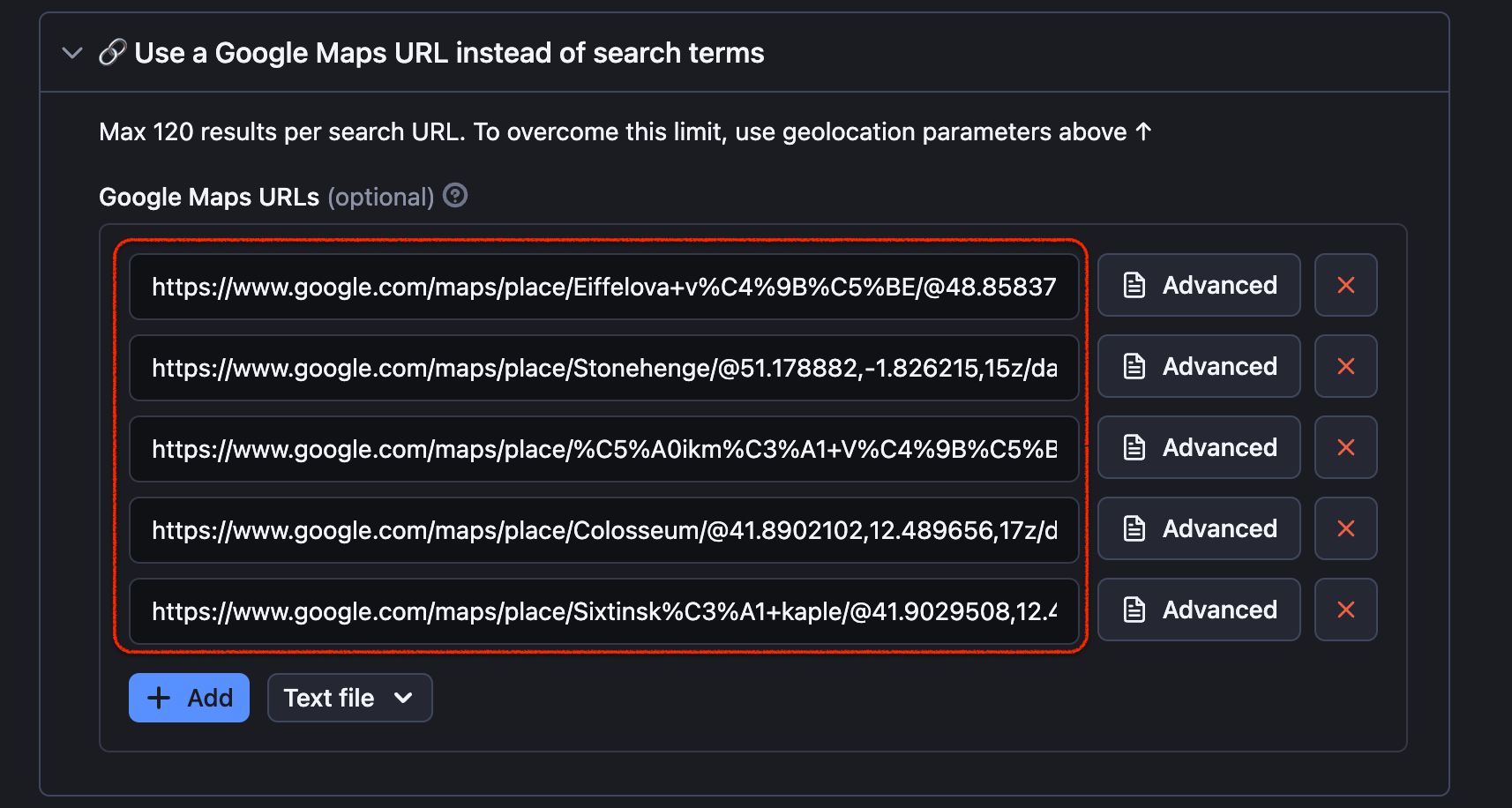
Step 2. Extract Google reviews
Now that we’ve chosen the places to scrape, it’s time to configure the reviews part. We’ll scroll down to configure reviews data extraction. As for our requirements for reviews, they have to be:
- bad 👎
- recent 🍃
- place-bound 📍
- well-organized 🗂
All of this is possible to set up with the scraper. We will choose to scrape 100 reviews per place (so, 500 reviews in total), then make sure we only get the ones posted from 2020 and onwards, and finally, prefer that the worst ones (lowest-ranking) come first. Last but not least, to make sure our resulting dataset will be well-organized and easy to process we’ll use the One review per row toggle.
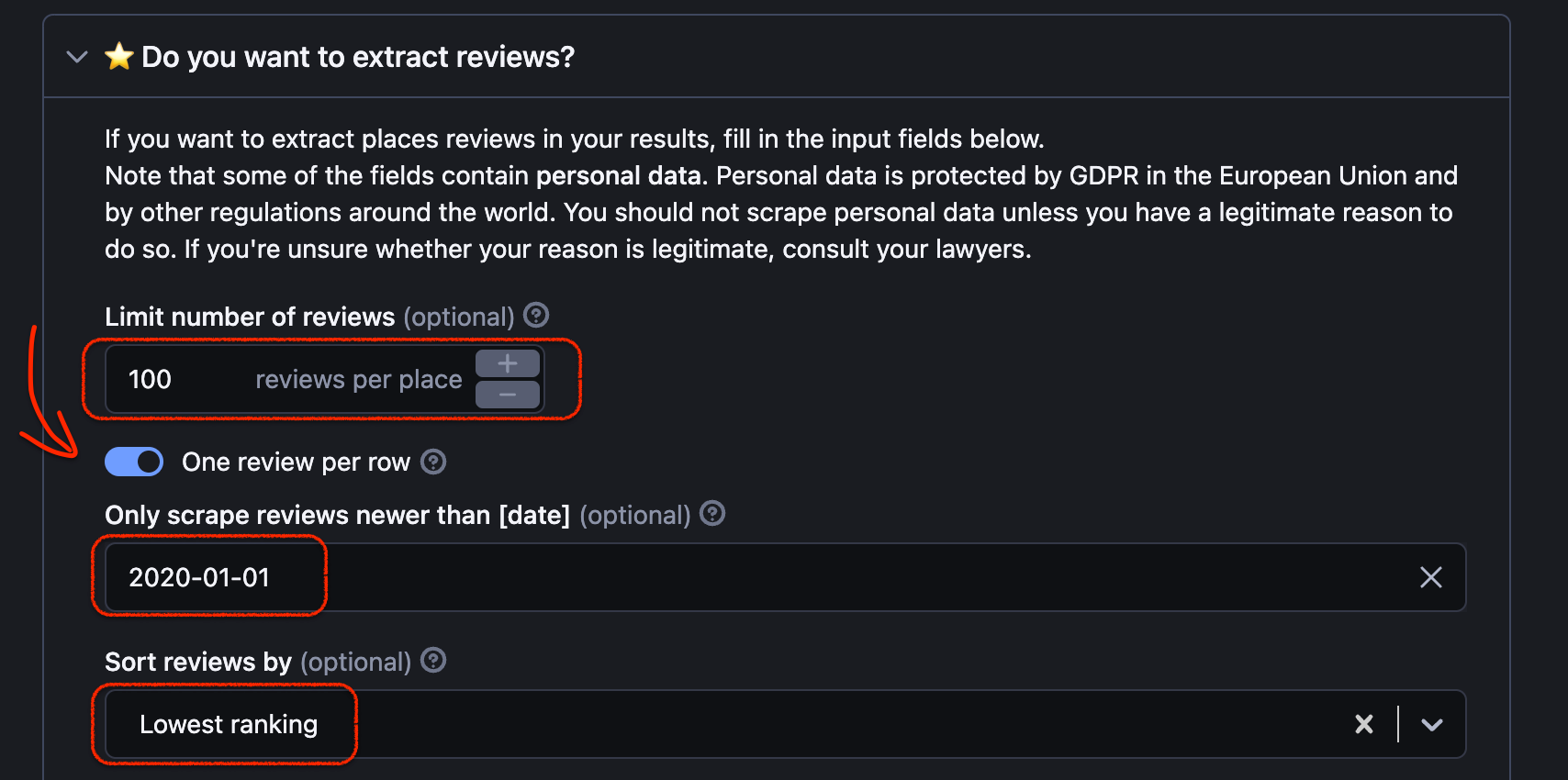
In just one minute, we have all 500 very candid reviews in one neat dataset, starting with the first batch of good-old Stonehenge bashing.
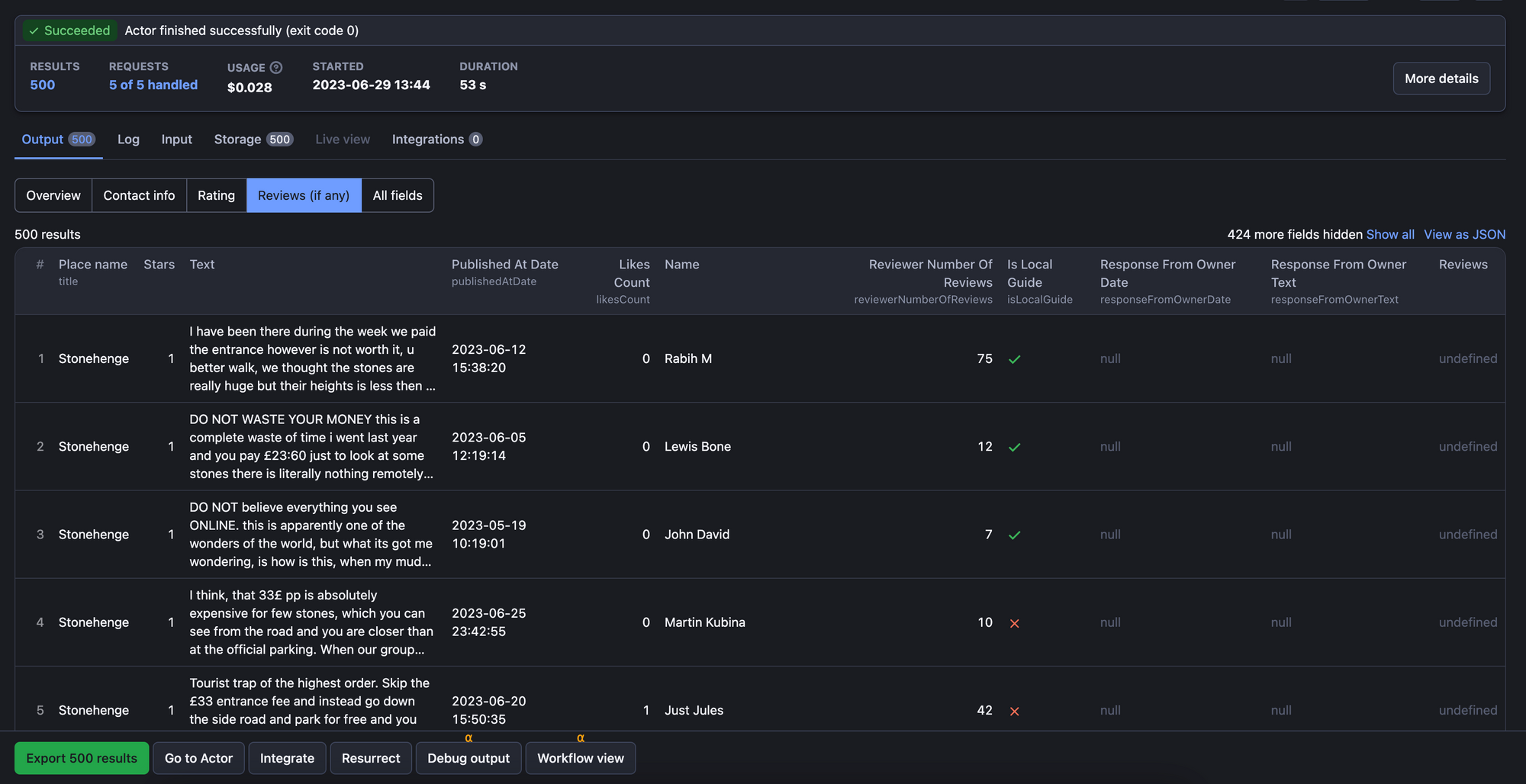
Step 3. Configure the AI text analyzer
Once we’ve extracted the reviews, you can move on to the AI text analyzer tool 🔗 itself. In the analyzer's input, we need to provide the dataset ID of the scraped results, so we’ll just copy-paste it from the previous tab. Additionally, we have the option to modify the Industry field to get results tailored to specific industries such as General, Banking, or Hospitality. We’ll go with General.
We’ll also instruct our text analyzer to process all of our 500 reviews and skip reviews with no text.

Step 4. Look at the analyzed results
In a few minutes, we’ll see the results of basic sentiment analysis. The resulting dataset includes the original data that we’ve seen already along with a new NLP field called text analysis which contains valuable attributes such as sentiment and tags.

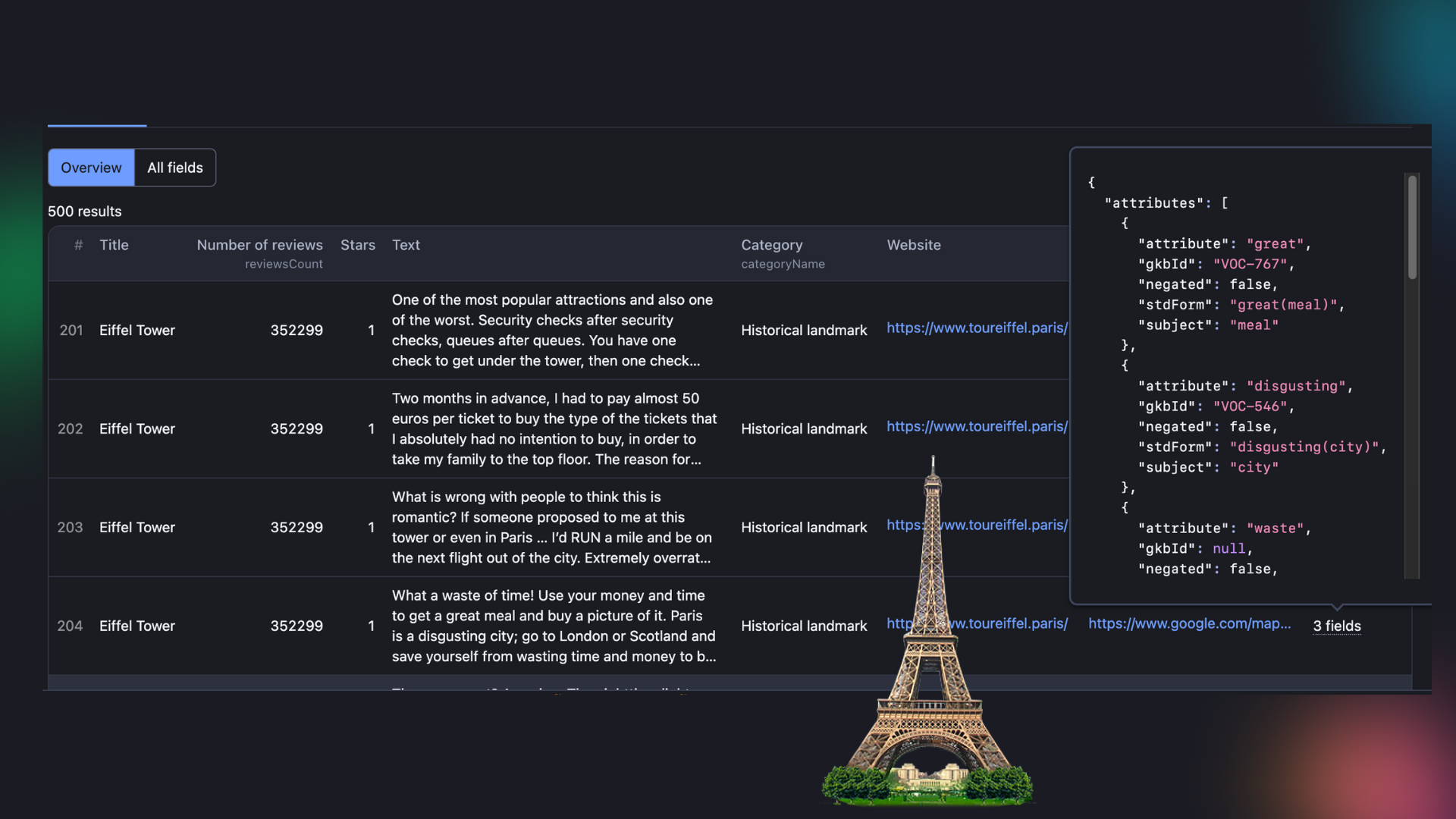


Step 4. Have fun looking at the analyzed results
Step 5. Visualize the results
To make the most of the scraped data, you can visualize it using your preferred visualization tool. The resulting dataset can be seamlessly integrated into various visualization platforms to create informative dashboards and reports. So let's take our data a step further and see what we’ve got using a visualization tool:
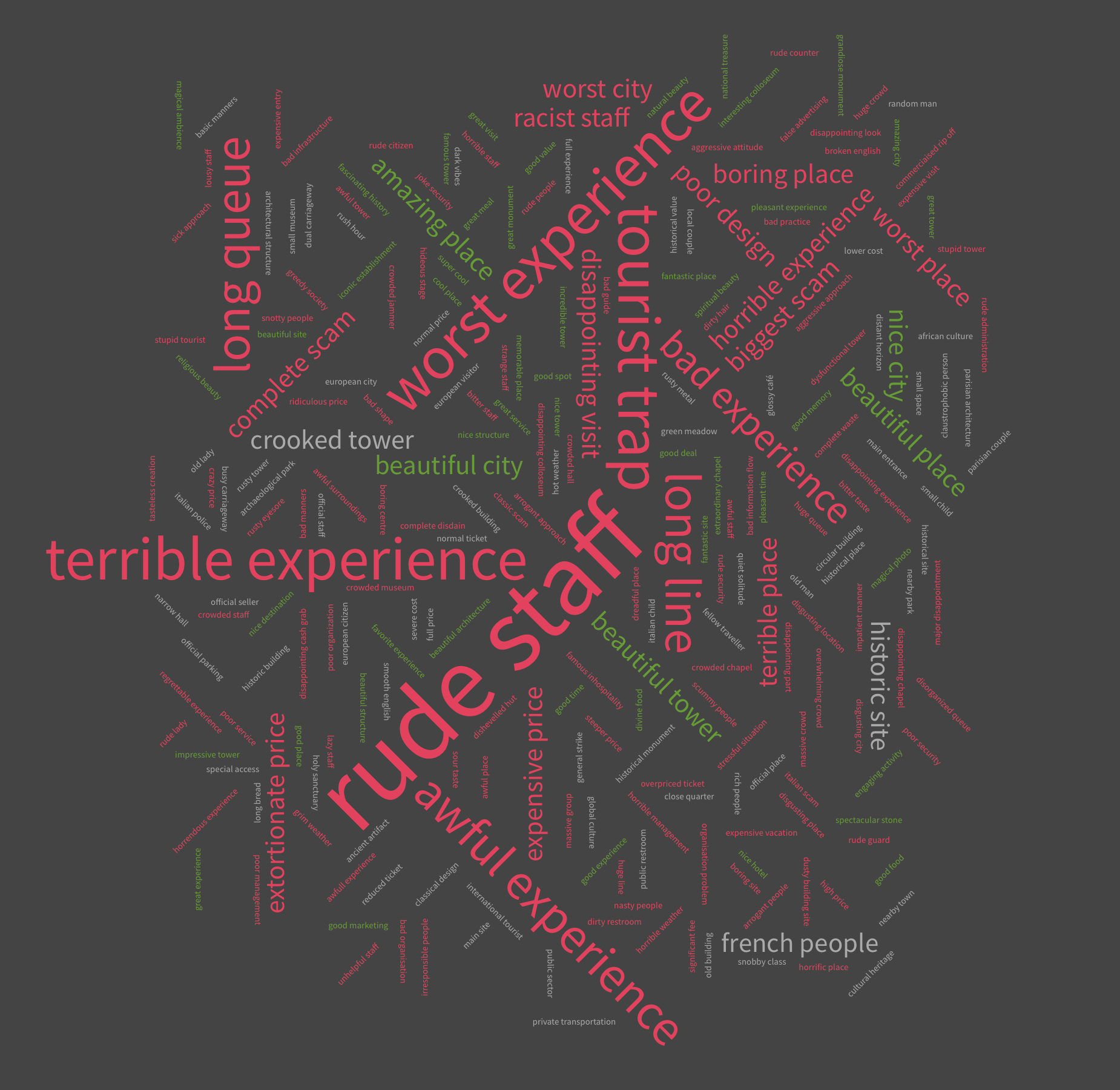

Sentiment analysis visualized in word clouds: 500 bad reviews of 5 landmarks
Step 6. Analyze the results
Analyzing all 500 of our reviews shows that some bad experiences are universal for all 5 places: rude staff, long lines, and tourist traps can turn any trip into a nightmare, or at least comedy gold material. Among the top 1o are also: expensive or extortionate prices, poor management, racist staff, crowdedness, grim weather, poor security, and of course, complete scam. The analysis also shows that even bad reviews contain some positive and neutral characteristics shown in green and white colors; Google Maps reviewers are not strangers to nuance.
Note that the text analysis tool we've used leaned heavily on the power of adjectives and the frequency of mentioning specific aspects of the places: just something to keep in mind when analyzing Google Places reviews - or writing one.
📸 The value of analyzing online reviews for sentiment
So is it worth going to see the Tower of Pisa? Or waiting in queues to see Paris from a bird’s view? We don’t know. This review analyzer only checked for bad reviews 🤷🏻♀️. To be fair to a popular tourist attraction, we’d need to analyze the whole scope of the reviews: the good, the bad, and the meh ones.
Online reviews play a crucial role in shaping consumer decisions and can make or break a business. Of course, European landmarks will not suffer from a few sour opinions and the stream of tourists will continue. However, analyzing these reviews can provide valuable insights for businesses looking to understand customer sentiments and improve their offerings.
Whether you're interested in monitoring yours or competitor's reviews or simply doing a small data project (like yours truly here), the combination of real-time reviews from the web and sentiment analysis tool is the way you turn opinions into data. If you're looking for a powerful text analysis tool, the Google Maps Scraper in conjunction with AI Text Analyzer 🔗 can be an excellent option for you.
You can use this AI analyzer for text not only to analyze reviews of tourist attractions and public spaces. You can choose to analyze restaurants, banks, shops, hospitals, galleries, and whatever else there is on Google Maps that people care to leave a review about. By extracting, translating, and doing even the simplest analysis of reviews, you can understand visitor sentiments better, identify patterns faster, and make your business stronger.
❓FAQ
Can I use this AI text analyzer with Python?
Yes, you can use this text analyzer with Python via Apify API. The Apify API is organized around RESTful HTTP endpoints that enable you to manage, schedule, and run any tool on the platform, as well as access any datasets. To access the API using Python, use the apify-client PyPi package.
Can I use this tool for sentiment analysis on Twitter?
No, this tool is specifically designed for sentiment analysis for Google Maps reviews. However, Geneea offers other tools that might be suitable for your needs. If you scrape tweets, profiles, or a specific topic using a Twitter scraper, you can continue the sentiment analysis using Geneea's tools.
Alternatively, there are other social media sentiment analysis options available as well. Take a look at other social media scrapers to scrape comments and use them together with Geneea's NLP tools for text analysis and visualization.
What other tools for text analysis do you have?
Apart from the text analyzer tool, we also offer an article download tool. Additionally, Geneea's visualization tool, Frida, can be applied for sentiment analysis, as demonstrated in this journalistic work where this tool was used for visualizing the results of sentiment analysis in the context of Zelenskyi vs. Putin in Czech media.







